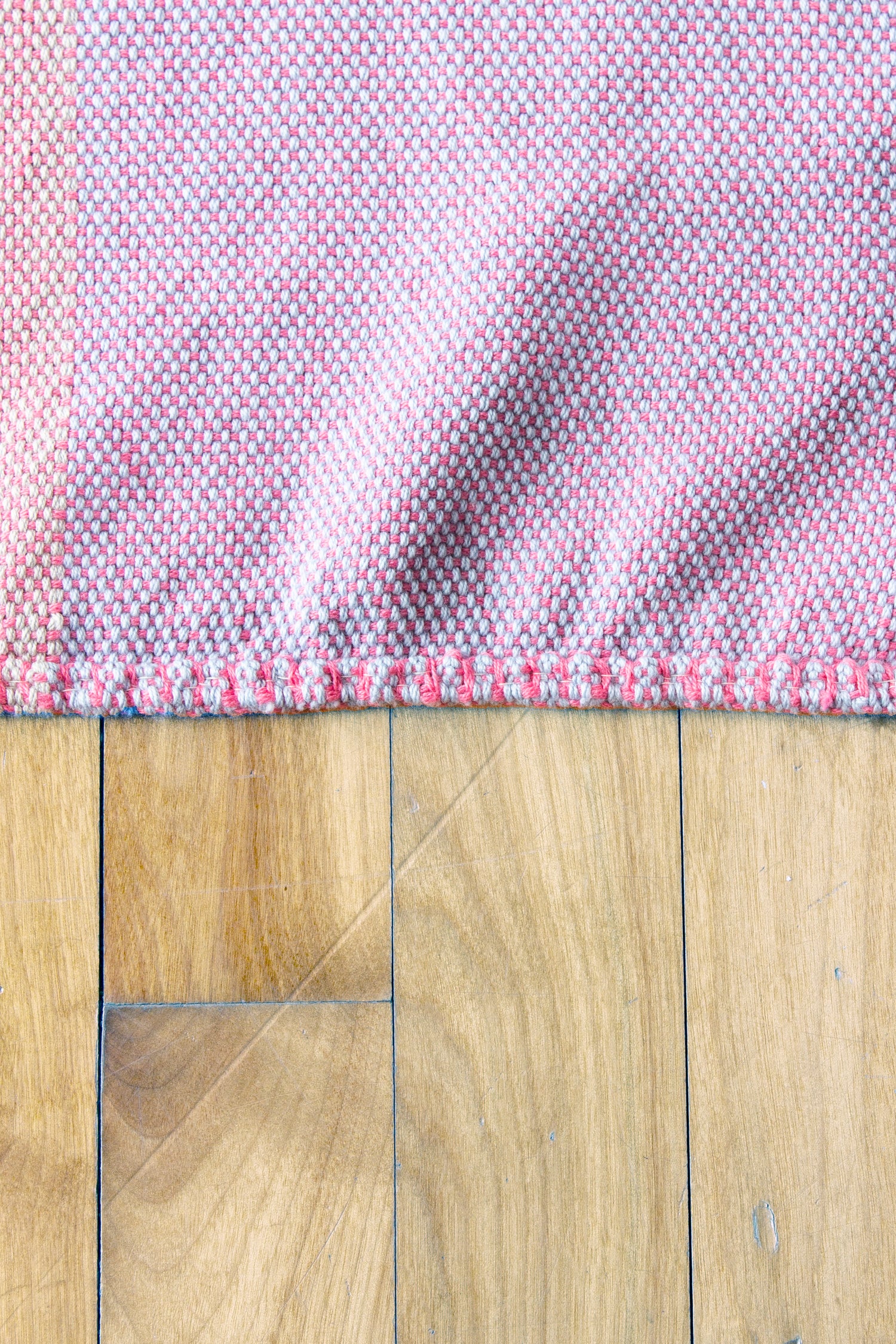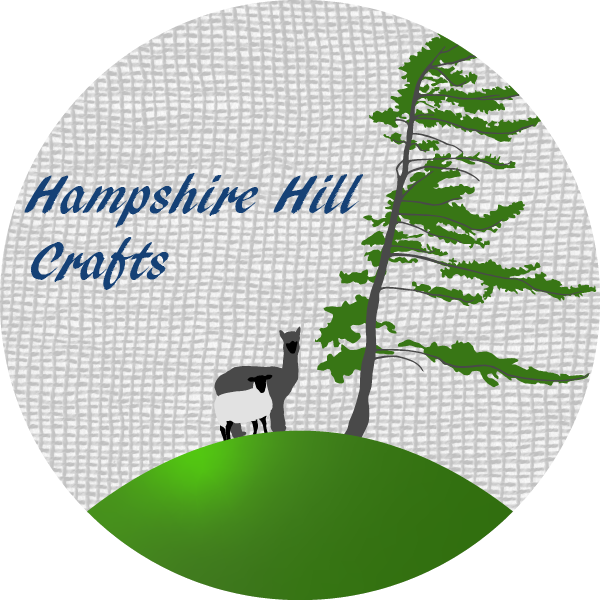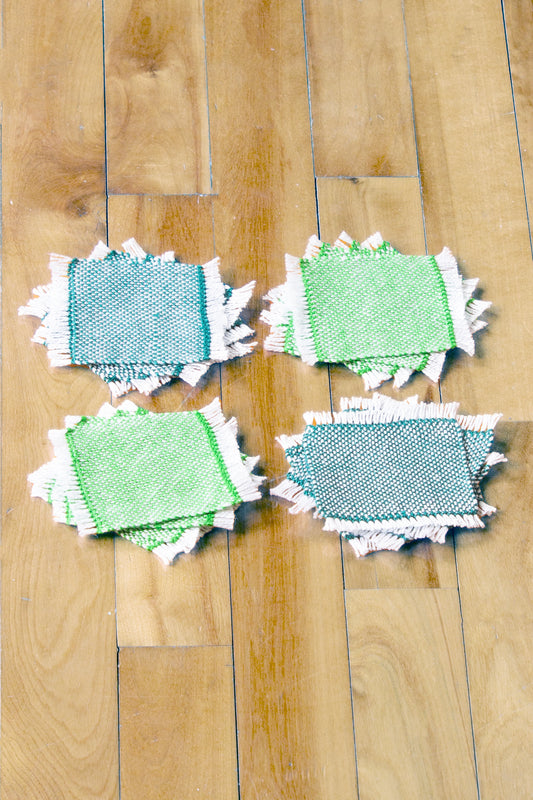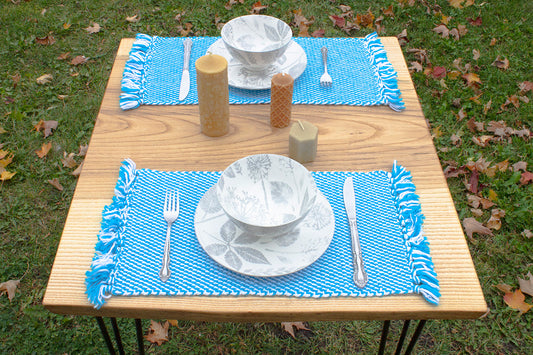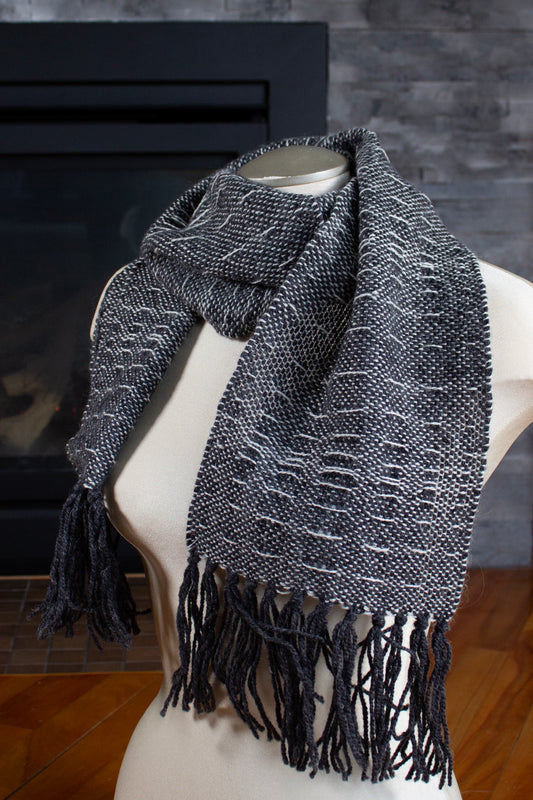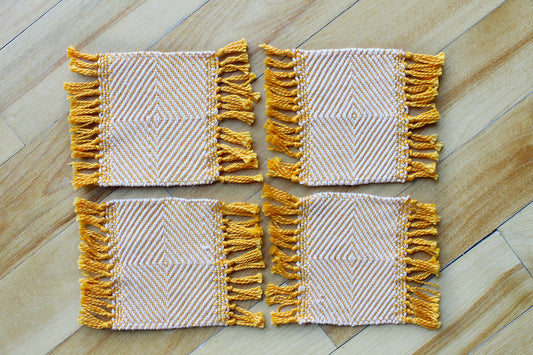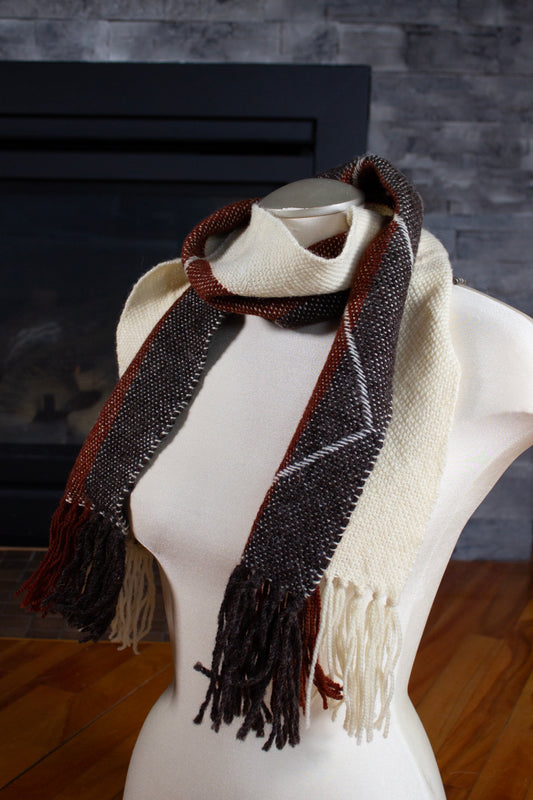Pattern Guide
This page is a quick reference of our possible patterns and colour combinations. For custom orders, pick your favourite colour, pattern and fringe from these options. Let's get started on your very own custom piece!
Remember that not every colour combination will look good with every pattern. Below are descriptions and examples of the different patterns to give you some ideas.
Page last updated Jul. 29, 2024
Plain Weave
A plain weave is the simplest weaving pattern. To create it, thread the weft under then over every other warp thread. Adding different colours changes the pattern.
-
Wool scarf, solid purple
Regular price $160.00 CADRegular priceUnit price / per -
Alpaca blend scarf, dark purple
Regular price $160.00 CADRegular priceUnit price / per -
Cotton bookmark
Regular price From $6.00 CADRegular priceUnit price / per -
Cotton washcloth, black & yellow
Regular price $25.00 CADRegular priceUnit price / per -
Cotton coasters: Set of four, hemstitched
Regular price $25.00 CADRegular priceUnit price / per -
Cotton coasters: Set of four, hemstitched
Regular price $25.00 CADRegular priceUnit price / per
Plaid or Checkered Weave
A checkered or plaid weave is a variation of a plain weave that uses two or more colours. Alternating bands of colour in both the warp and weft create the pattern.
-
Cotton dish towel, striped
Regular price $45.00 CADRegular priceUnit price / per -
Wool blanket scarf, accented blue plaid
Regular price $385.00 CADRegular priceUnit price / per -
Wool scarf, red herringbone
Regular price $145.00 CADRegular priceUnit price / per -
Wool blanket scarf, blue striped
Regular price $360.00 CADRegular priceUnit price / per -
Wool scarf, red plaid
Regular price $145.00 CADRegular priceUnit price / per -
Mohair/wool blend scarf, undyed striped
Regular price $160.00 CADRegular priceUnit price / per
Striped Weave
The striped weave uses stripes that are only a single thread wide. Both the warp and the weft alternate colours every other thread.
-
Cotton dish towel, pink log cabin pattern
Regular price $35.00 CADRegular priceUnit price / per -
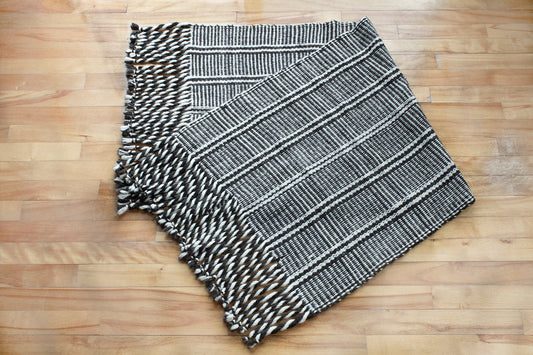 Sold out
Sold outWool blanket scarf, undyed striped
Regular price $360.00 CADRegular priceUnit price / per -
Cotton coasters: Set of four, striped purple
Regular price $25.00 CADRegular priceUnit price / per
Double Weaving
A double woven textile allows for the separation of the warp into two fabric layers. When plain woven it creates thicker fabric.
-
Cotton scarf, blue double woven
Regular price $115.00 CADRegular priceUnit price / per -
Cotton placemats: Set of two, blue double woven
Regular price $30.00 CADRegular priceUnit price / per
Textured Weave
A textured weave is any weaving pattern with some rows that skip threads. Surrounding these are plain woven rows.
-
Wool scarf, purple weft float patterned
Regular price $160.00 CADRegular priceUnit price / per -
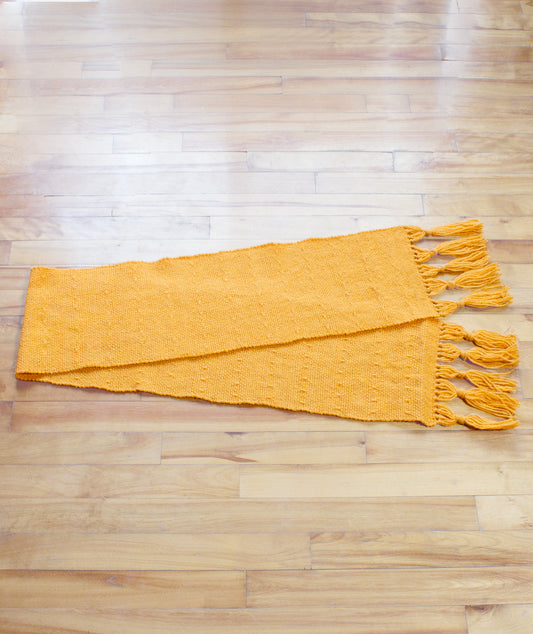 Sold out
Sold outWool scarf, textured orange
Regular price $145.00 CADRegular priceUnit price / per -
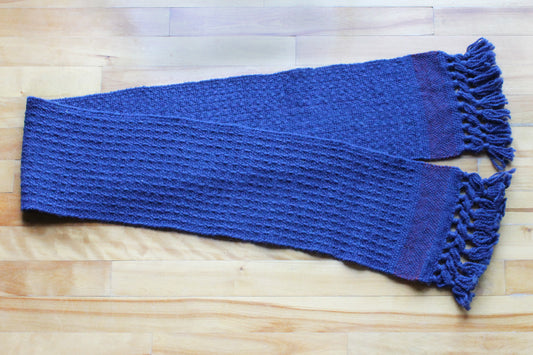 Sold out
Sold outWool scarf, blue textured weave
Regular price $160.00 CADRegular priceUnit price / per -
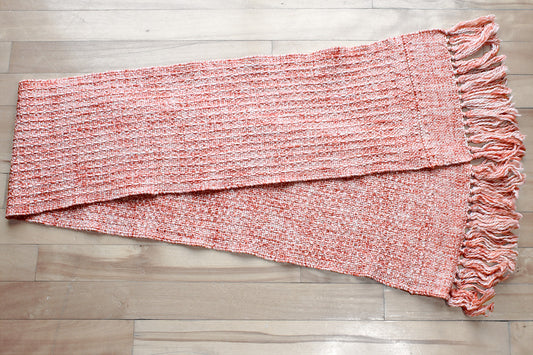 Sold out
Sold outWool scarf, textured marbled orange
Regular price $145.00 CADRegular priceUnit price / per -
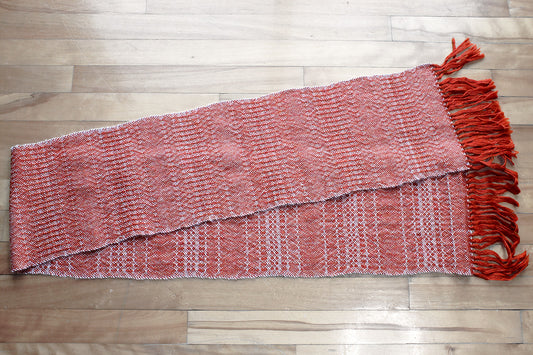 Sold out
Sold outAlpaca scarf, textured orange
Regular price $160.00 CADRegular priceUnit price / per -
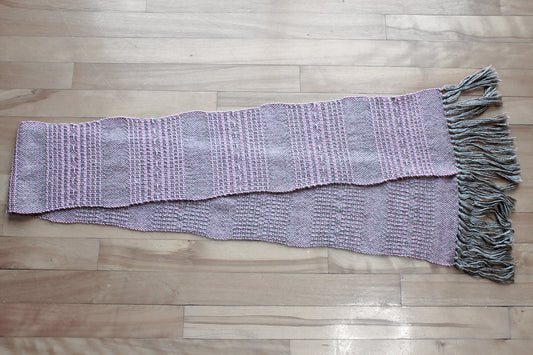 Sold out
Sold outAlpaca scarf, lavender window weave
Regular price $160.00 CADRegular priceUnit price / per
Window Weave
The window weave is a specific row-pattern arrangement of the textured weave. It consists of one row that skips select strands, one row plain weave, one skipping row, then three plain rows.
-
Cotton dish towel, navy blue window weave
Regular price $35.00 CADRegular priceUnit price / per -
Wool scarf, orange striped window weave
Regular price $145.00 CADRegular priceUnit price / per -
Cotton table runner, pink and brown colour block
Regular price $45.00 CADRegular priceUnit price / per -
Cotton placemats: Set of four, colour block window weave
Regular price $65.00 CADRegular priceUnit price / per
Weft Floats
Weft floats are another variation on a textured weave. The weft skips over 5 or more warp strands at once. Weft floats create a distinct pattern on both the front and back of a weave.
-
Wool scarf, grey weft float patterned
Regular price $145.00 CADRegular priceUnit price / per -
Wool scarf, blue weft float
Regular price $145.00 CADRegular priceUnit price / per -
 Sold out
Sold outWool blanket scarf, green weft float
Regular price $360.00 CADRegular priceUnit price / per -
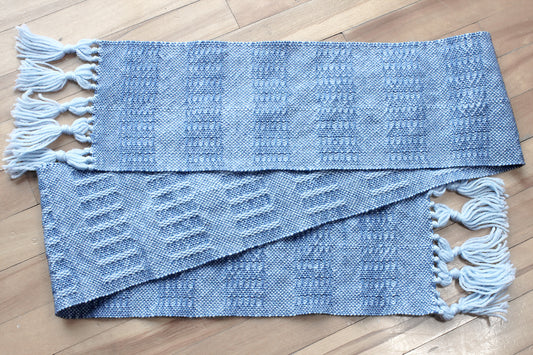 Sold out
Sold outWool scarf, blue weft float
Regular price $145.00 CADRegular priceUnit price / per
Twill
A row of weft in a twill pattern goes over two warp strands, then under two. Each subsequent row shifts one strand over and repeats the same pattern.
*Please note – this pattern is only available for items less than 20cm (8”) wide.
-
 Sold out
Sold outCotton small bookmark, twill
Regular price $6.00 CADRegular priceUnit price / per -
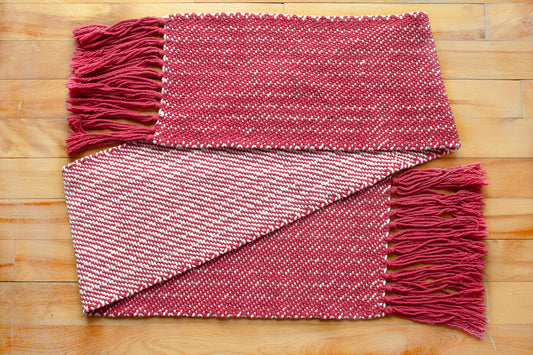 Sold out
Sold outCotton scarf, red twill
Regular price $115.00 CADRegular priceUnit price / per
Zigzag Pattern
The zigzag pattern is a variation on a twill. Where the line turns back on itself, the “2 under, 2 over” pattern shifts back one thread instead of forward.
*Please note – this pattern is only available for items less than 20cm (8”) wide.
-
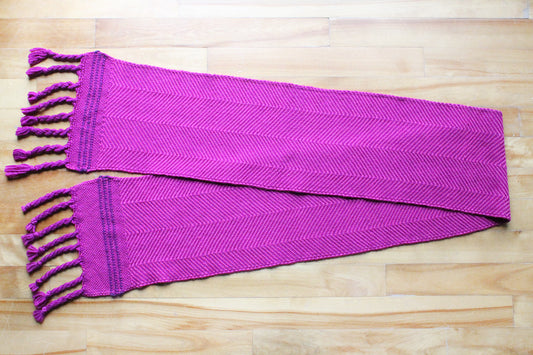 Sold out
Sold outWool scarf, magenta zigzag
Regular price $145.00 CADRegular priceUnit price / per -
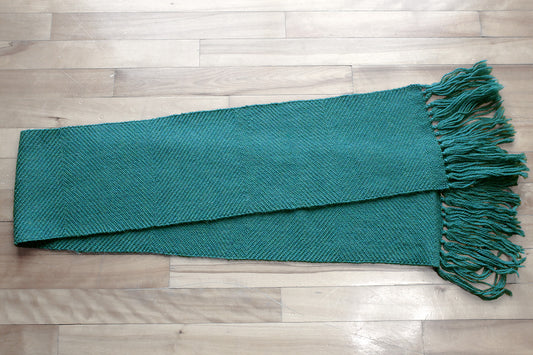 Sold out
Sold outWool scarf, green zigzag
Regular price $145.00 CADRegular priceUnit price / per -
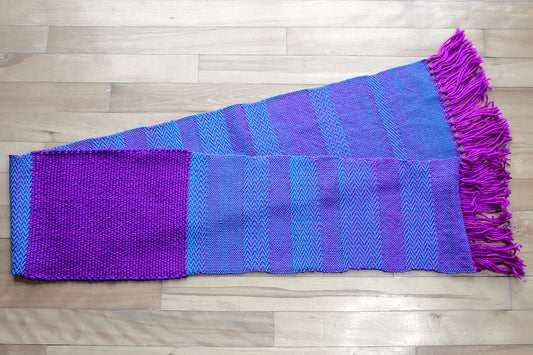 Sold out
Sold outWool scarf, blue zigzag
Regular price $160.00 CADRegular priceUnit price / per
Diamond Pattern
The diamond pattern is another variation on a twill. The second row of the pattern skips over four warp threads at the centre of each diamond. Elsewhere, it follows the same “2 under, 2 over” pattern.
*Please note – this pattern is only available for items less than 20cm (8”) wide.
-
Cotton coasters: Set of four, orange diamond
Regular price $25.00 CADRegular priceUnit price / per -
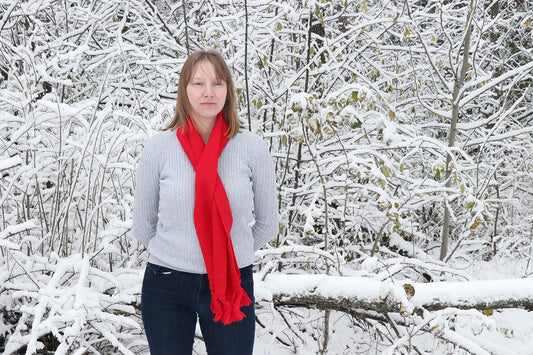 Sold out
Sold outWool scarf, red multi-diamond
Regular price $145.00 CADRegular priceUnit price / per -
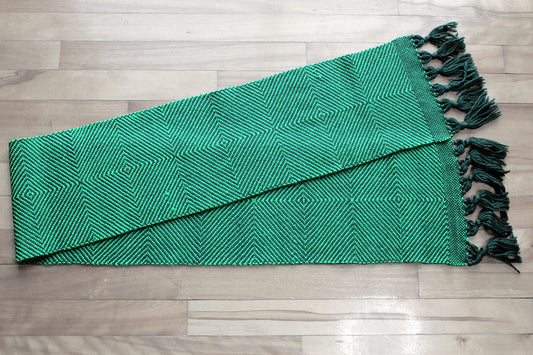 Sold out
Sold outWool scarf, green diamond
Regular price $145.00 CADRegular priceUnit price / per -
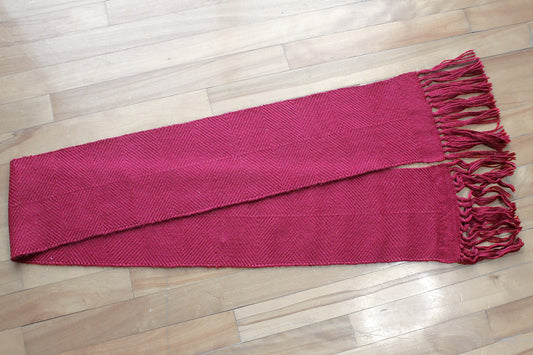 Sold out
Sold outAlpaca scarf, burgundy diamond
Regular price $155.00 CADRegular priceUnit price / per -
Cotton scarf, blue diamond
Regular price $115.00 CADRegular priceUnit price / per
Additional Designs
Additional designs can be custom-created by hand to expand the design possibilities of any of our other patterns.
-
Wool scarf, blue rya knots
Regular price $170.00 CADRegular priceUnit price / per -
Cotton dish towel, striped navy blue
Regular price $45.00 CADRegular priceUnit price / per -
Wool scarf, striped weft float patterned
Regular price $170.00 CADRegular priceUnit price / per -
Wool scarf, diamond patterned clasped weft
Regular price $170.00 CADRegular priceUnit price / per -
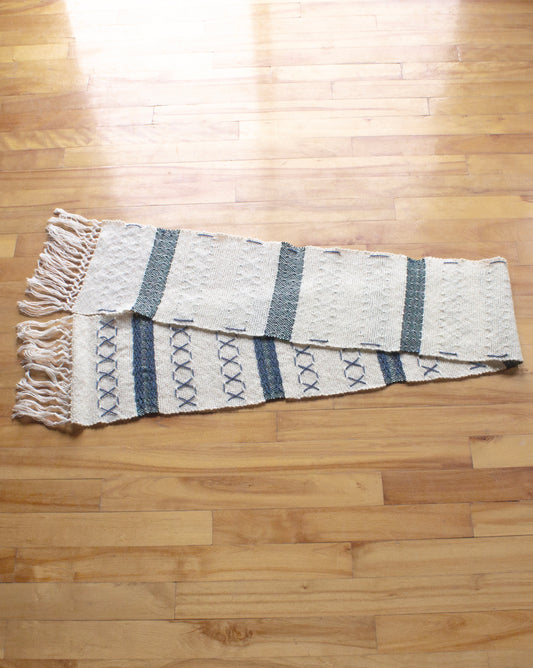 Sold out
Sold outWool scarf, embroidered white
Regular price $170.00 CADRegular priceUnit price / per -
Cotton table runner, brown tree branch
Regular price $70.00 CADRegular priceUnit price / per
Finishing Options
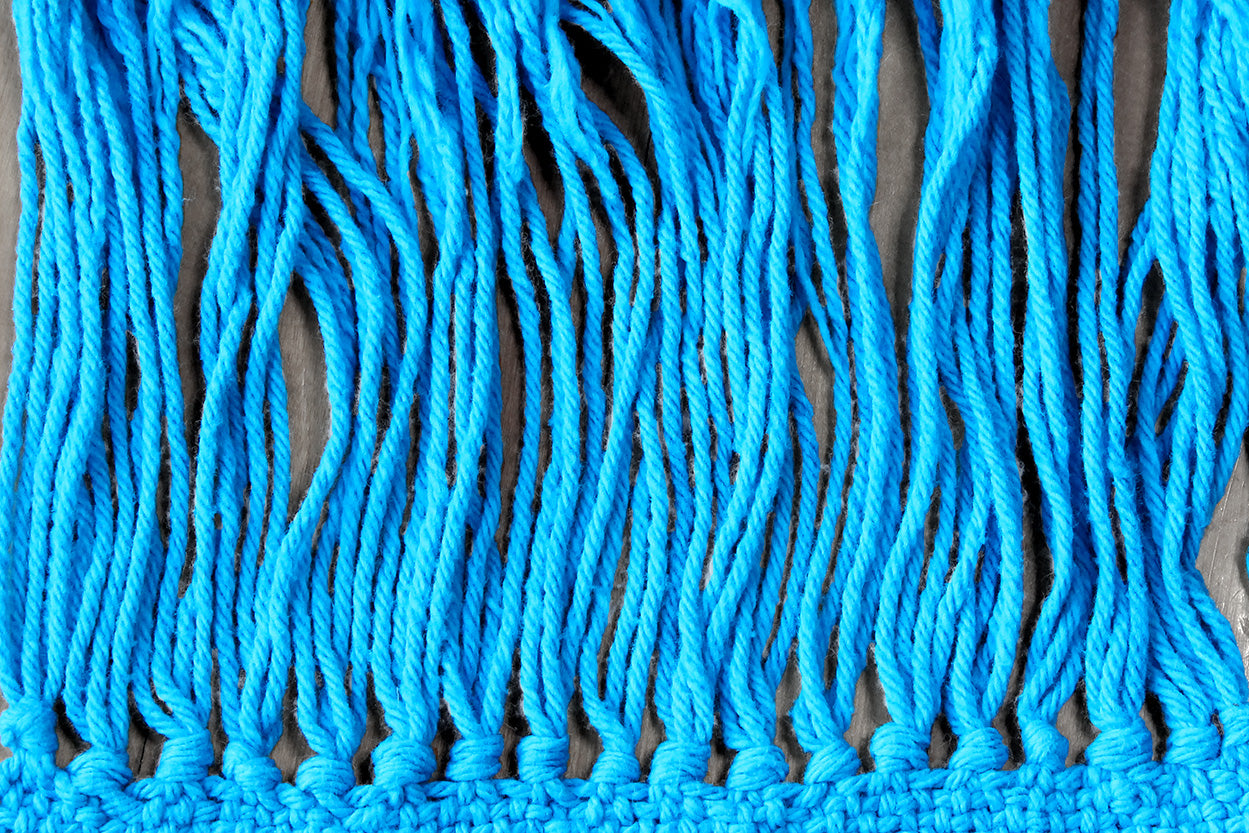
Regular
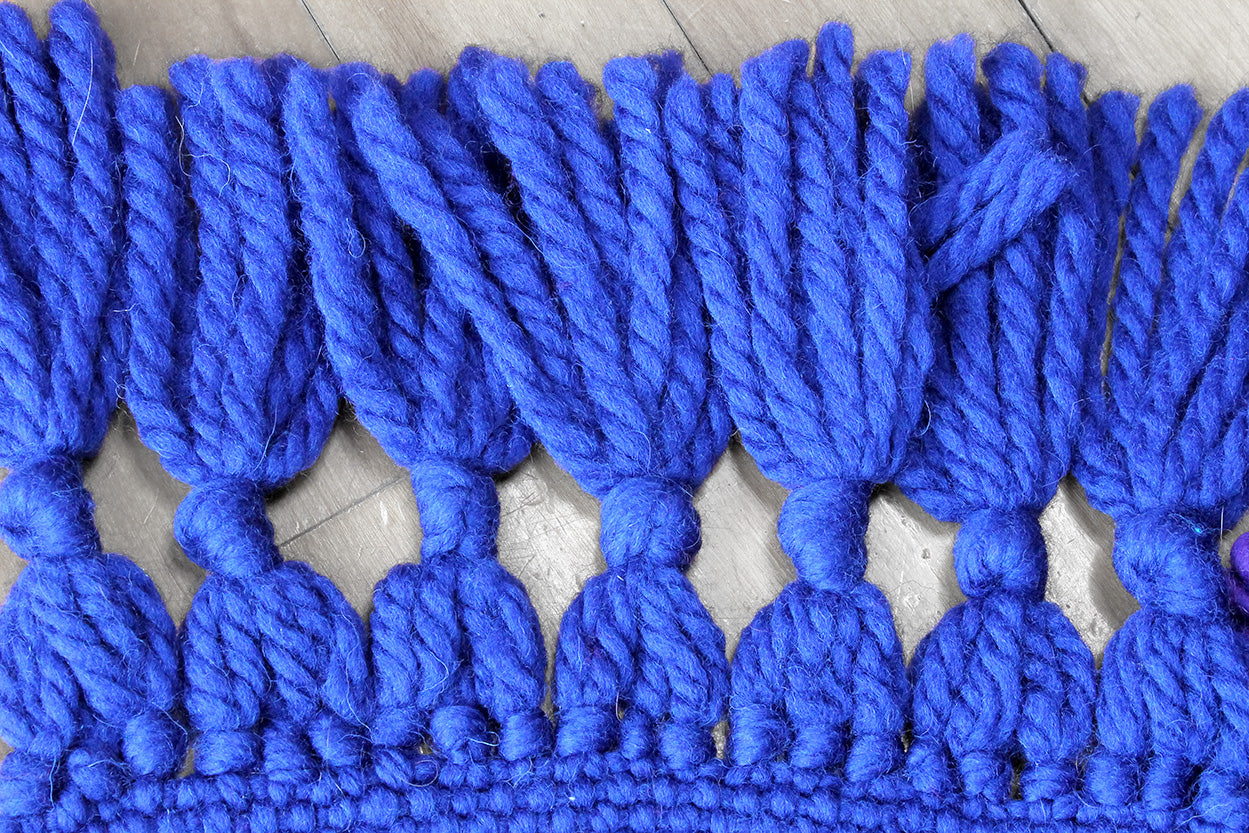
Bunches
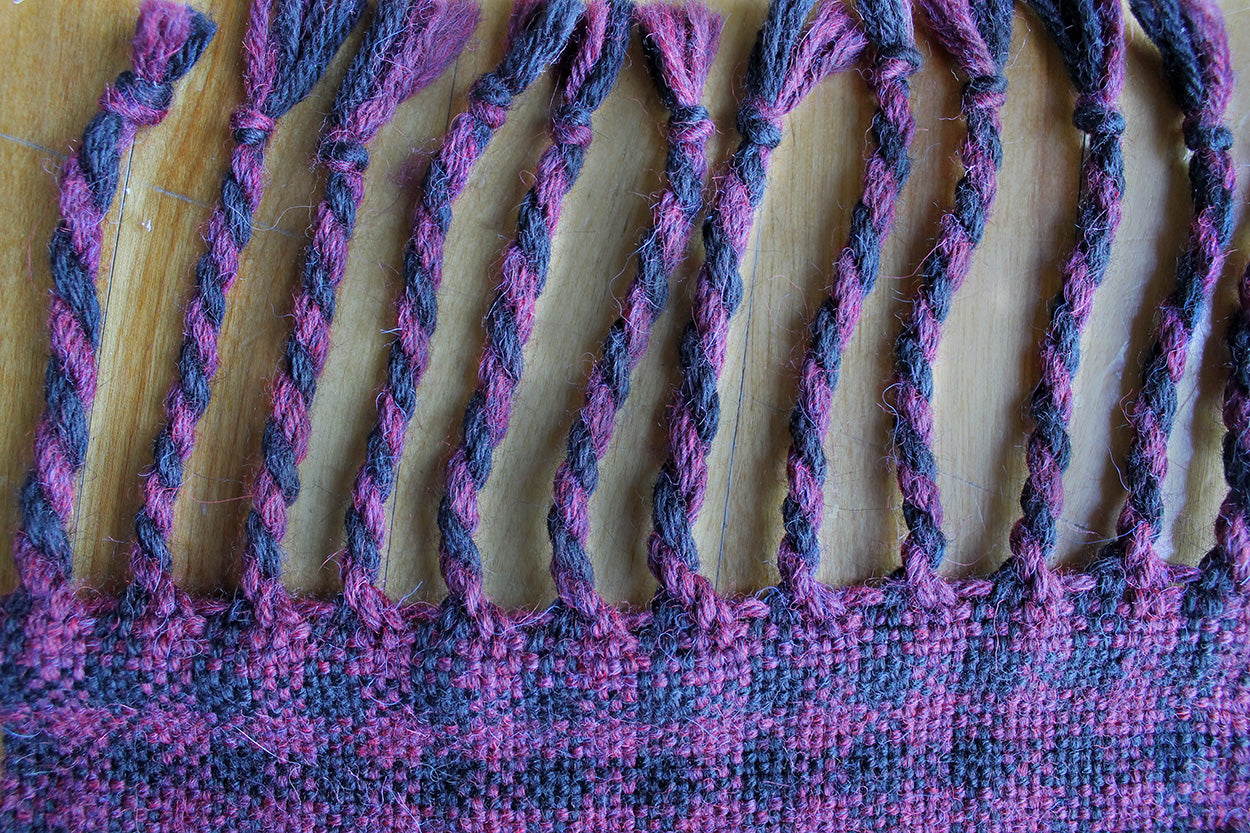
Twisted Fringe

Decorative Fringe
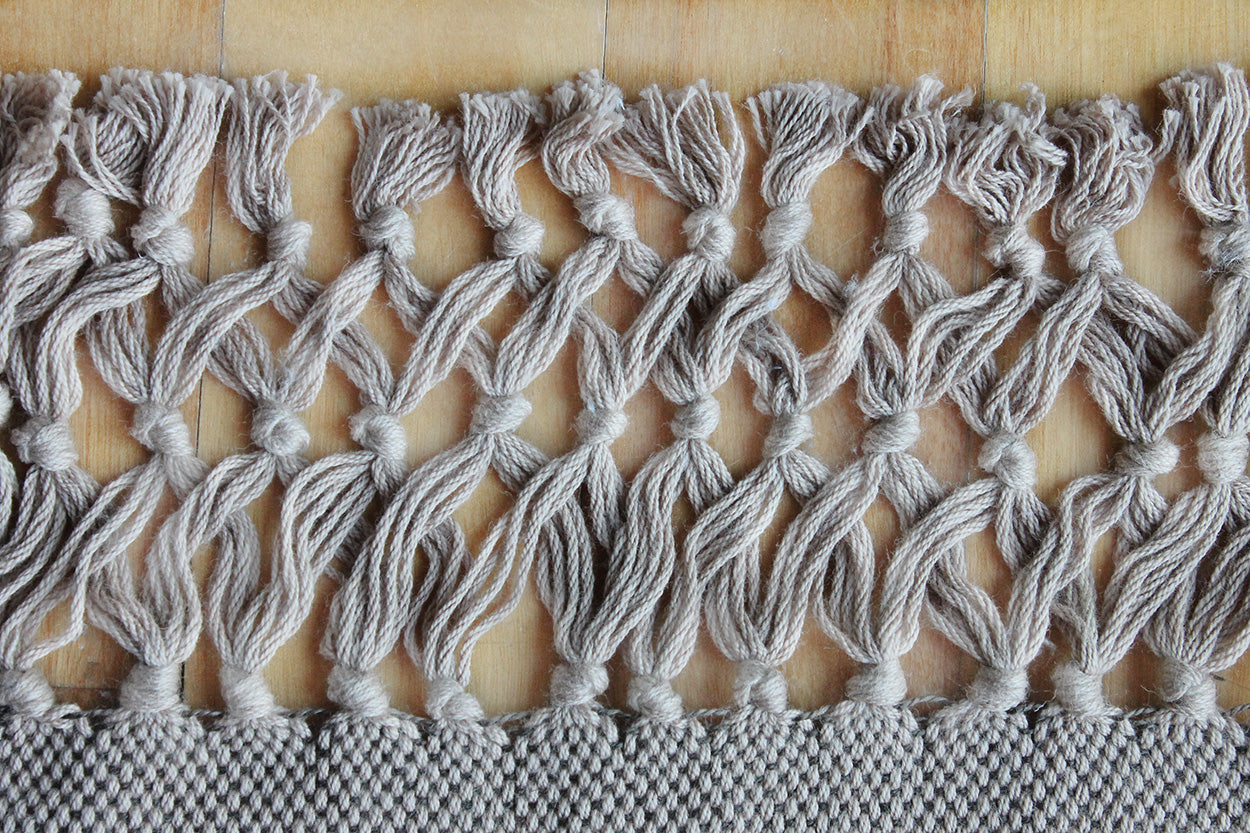
Decorative - Crossover Fringe
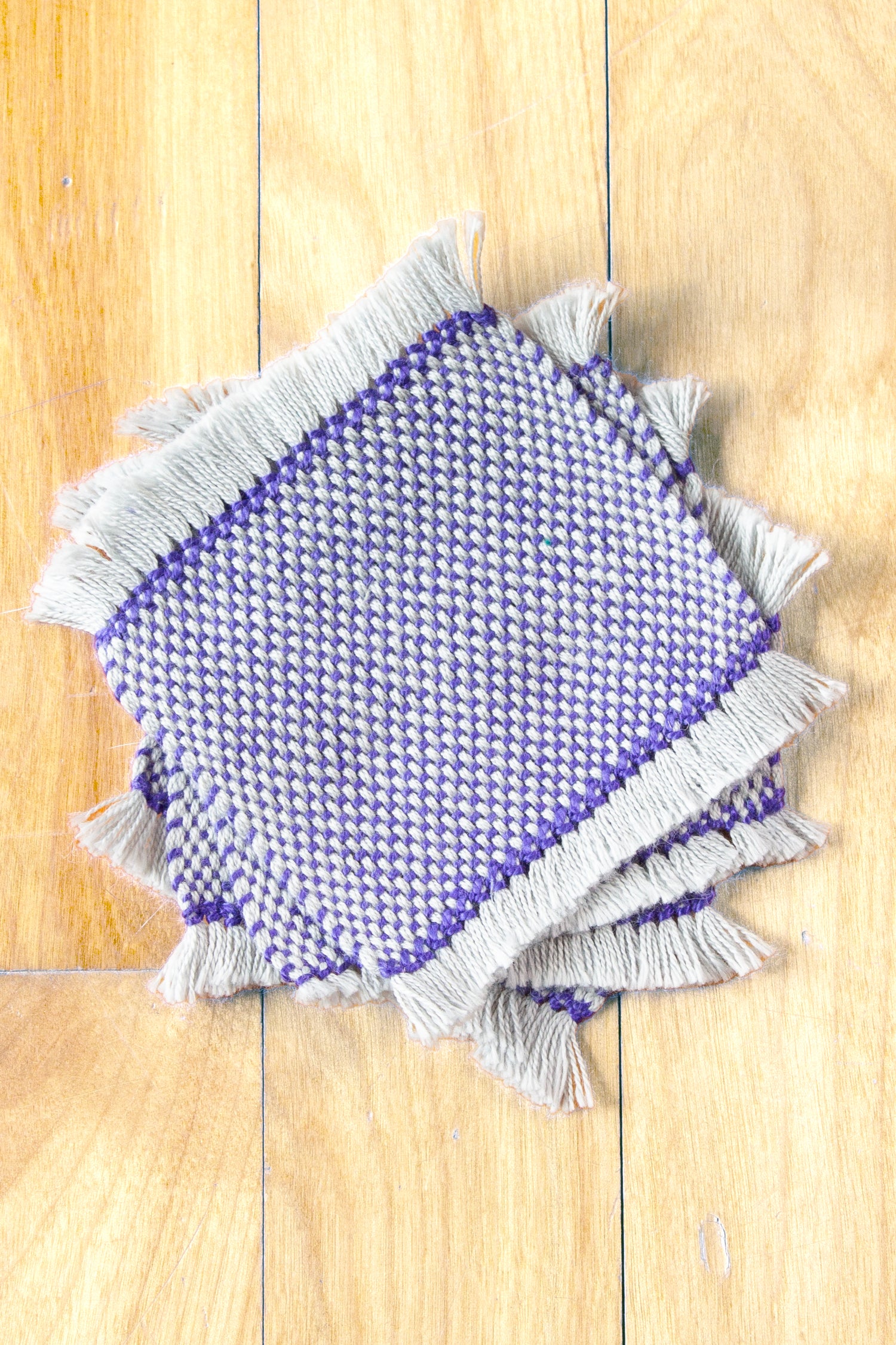
Hemstitched
